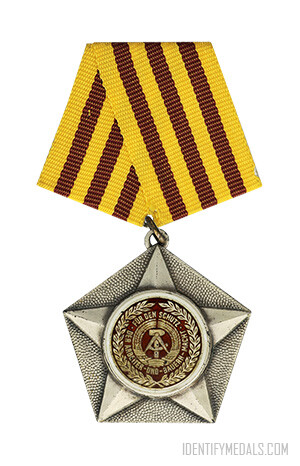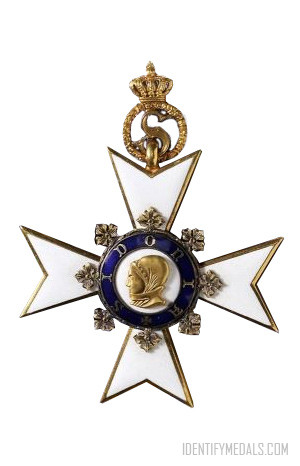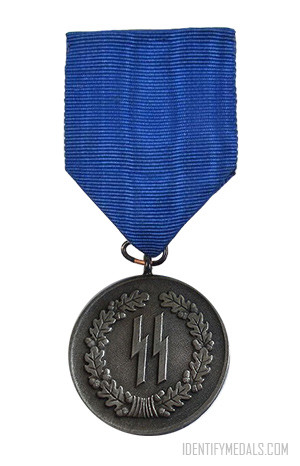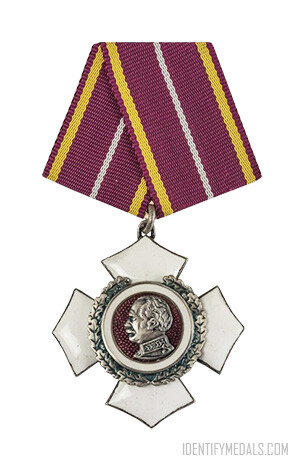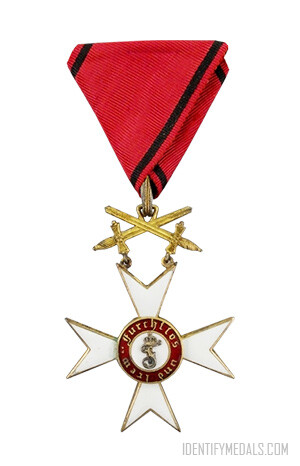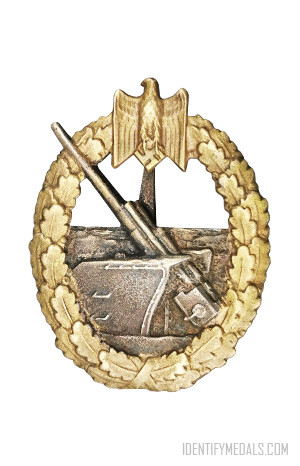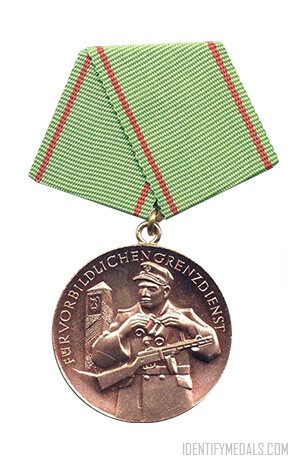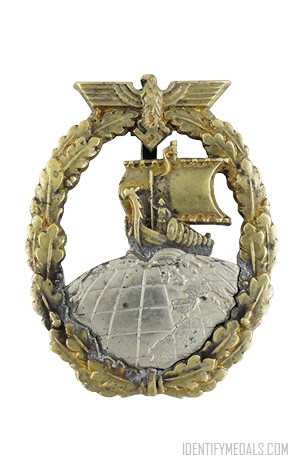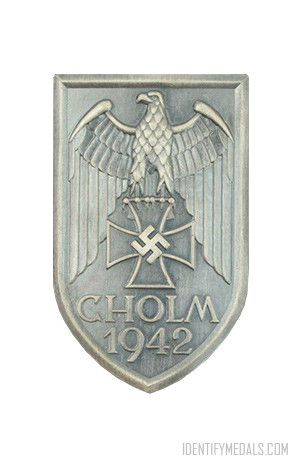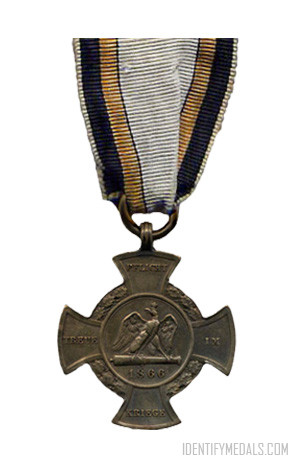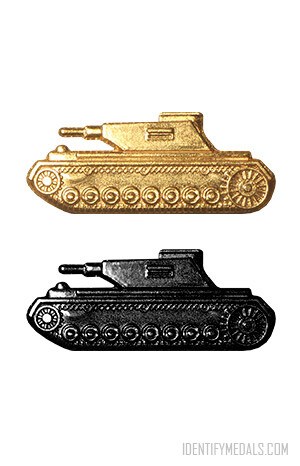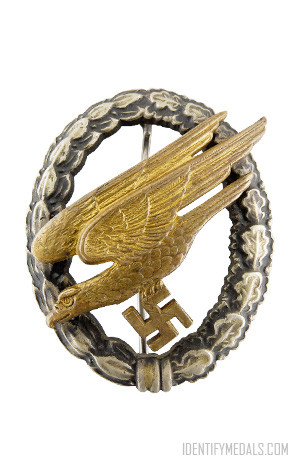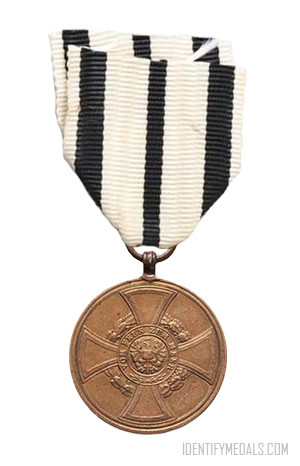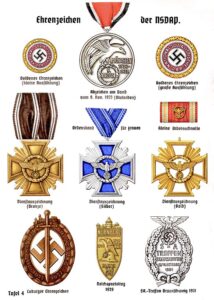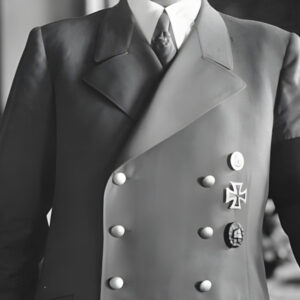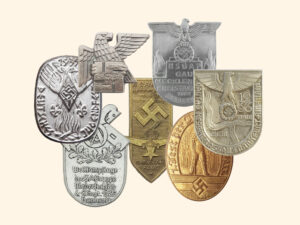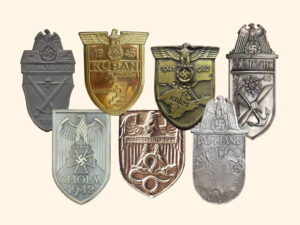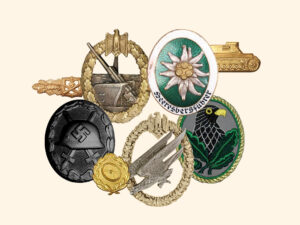- Time Period: Post-WW2
- Institution: 17 February 1966
- Country: Germany (GDR DDR German Democratic Republic)
The Combat Order “For Merit to the People and Fatherland” was a state award in the German Democratic Republic, designed as a merit order to honor outstanding achievements in enhancing the combat strength and readiness of the National People’s Army and protecting the GDR’s borders.
Established on February 17, 1966, the Combat Order was awarded to members of the National People’s Army (NVA), the Border Troops, their respective units, subunits, facilities, and collectives. It was also awarded to individuals outside these organizations. The order could be awarded multiple times in each of its three classes: Gold (highest), Silver (middle), and Bronze (lowest).
The Order Classes and Awarding Process
The order was created in three classes, each signifying different levels of merit:
- Gold
- Silver
- Bronze
The Minister of National Defense awarded the Combat Order on significant dates such as Republic Day (October 7), the anniversary of the NVA (March 1), and the anniversary of the Border Troops (December 1), or immediately following notable achievements. Recipients were given a certificate and a monetary reward, except for units and facilities.
Officially, the award recognized exceptional contributions in various areas, including:
- Socialist military education of youth
- Leadership and training within military units
- Personal commitment and readiness
- Maintenance and development of military equipment and technology
- Contributions to military science
- Actions benefiting the construction and protection of socialism in the GDR
- Strengthening fraternal ties with socialist brother armies
The Banner of Labor Design
The medal was designed as a pentagonal hammered plate with a five-pointed star of the same size superimposed on it.
At the center was a medallion on a red enameled background, featuring the state emblem of the GDR, surrounded by the inscription “For the Protection of the Workers and Peasants Power” and flanked by laurel branches. The medallion was encircled by a white enameled ring with a diameter of 22 mm.
The order was made from either gilded silver, silver, or bronze, or from hard metals with similar finishes after 1973. It measured 40 mm at its widest point and had a smooth or textured back, depending on the year of manufacture.
The medal was worn on a large pentagonal clasp covered in a gold and reddish-brown striped ribbon, each stripe measuring 3.5 mm wide. The medal was worn on the upper left chest.

